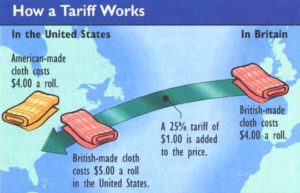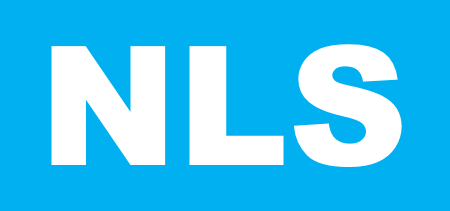A new customer recently asked us how we were going to design his product and organize the production in our new age of tariffs and non tariff barriers to trade? I thought it was a great question and our answer is centered around flexibility.

Tariffs are when a country tries to protect a domestic industry by imposing import taxes on goods made in a foreign country. For example, towels are produced in both the US and the UK and cost the same $4.00. The US would like to protect the towel industry in the US so they impose a 25% tariff on the goods. This makes the UK towels more expensive at $5.00 so they are less competitive and sell less towels than the US towel maker. An interesting side effect is if the new UK towels cost $5.00 then typically the US towel manufacturers will not keep their price at $4.00 but will increase their prices to $4.50 and make more money and still maintain a competitive advantage. The problem with pricing in a non-free market situation is that the consumer typically ends up paying more for towels. Questions also arise about which industries should be protected and are we artificially transferring wealth from individuals to corporations.
Tariffs vary greatly by country. From double digit rates in some countries in Africa to an average of 8% in Brazil, 6.3% in India, 4.4% in Mexico, 3.5% in China, to more free trading nations like the US and the European Union at 1.6% and Canada at an even lower 0.8%. These

are average rates across industries and all countries have industries that they are trying to protect with higher rates. Even though Canada is one of the lowest tariff rate countries in the world, they still protect their dairy industry with high tariffs of over 200%. The US is also protects industries like pickup trucks where they have placed tariffs of 25% on imports. The car trade is particularly interesting with the US applying a 2.5% tariff on European cars while the European Union applies a 10% tariff on cars from the US.
Non tariff barriers to trade also exist to support domestic industries. Intellectual property rights are very weak in China and US companies are forced to form joint ventures with Chinese companies as a form of technology transfer are an example of non tariff barriers to trade. US subsidies to farms that lower the prices of agricultural products is another.
The key to product design and realization in a time of changing tariffs, rising wages, labor shortages and trade wars is flexibility. On a trip to Mexico, works complained about the Chinese stealing good Mexican jobs. In China, works are complaining about Vietnam stealing Chinese jobs. Products are moving from country to country to takes advantage of competitiveness. Designing a product to take advantage of a global supply chain makes much more sense then optimizing for a country and then not being competitive with this product when it is moved to another country and the components are not available. There is no reason to specify batteries that only available in the US if the product is may be manufactured in Mexico or Vietnam. There will be additional charges for sourcing or design changes to change the batteries to a new local source. Designing and building an injection mold in China with local components means that the molds will be costly to move to the US and service due to higher maintenance costs and extra downtime.
Returning to our customer, engineering in the flexibility to produce his product in the US, Mexico or China with no engineering changes will give him the ability to manufacture his product where ever it makes the most sense either now or in the future. Our knowledge and experience in design and manufacturing across the globe makes a difference for this program and all the others whether made here, there or anywhere.
